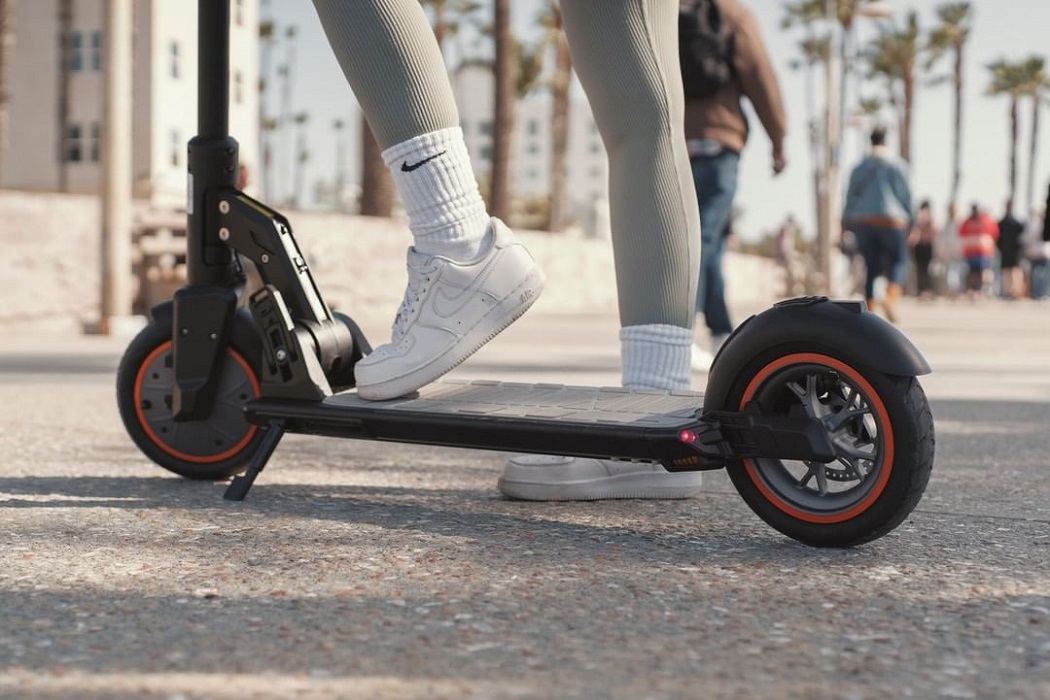I. Introduction
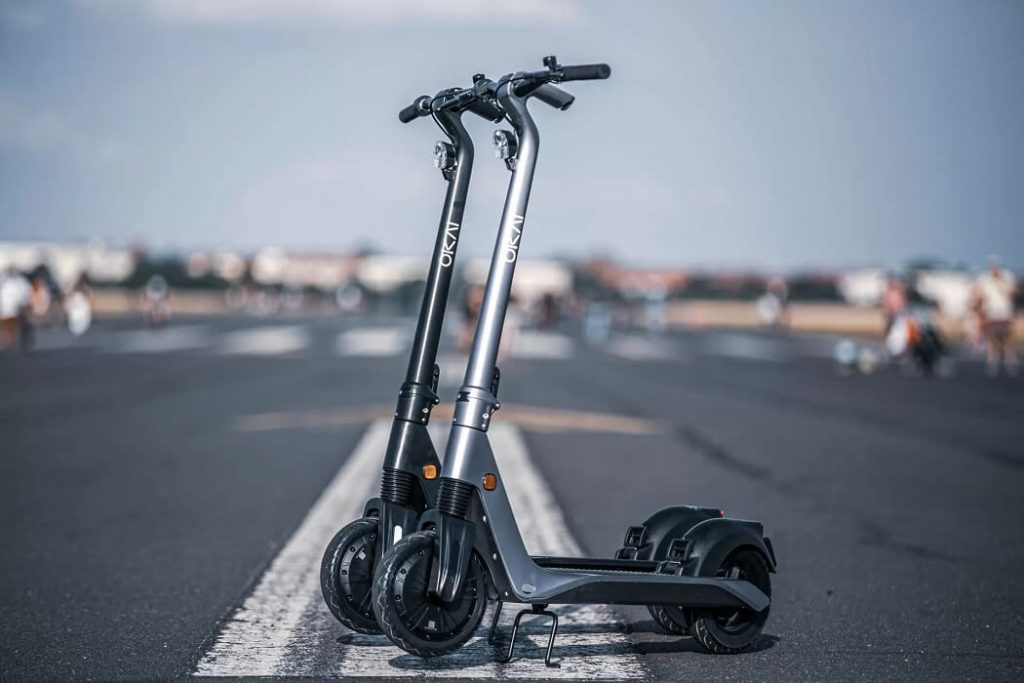
A. The growing popularity of electric scooters
In recent years, electric scooters have gained significant popularity as a convenient and eco-friendly mode of transportation. Their compact size, ease of use, and environmentally friendly nature have made them a popular choice for commuters, students, and urban dwellers.
B. The significance of understanding and adhering to weight limits
While electric scooters offer a convenient and efficient way to get around, it is essential to understand and adhere to weight limits set by manufacturers. These weight limits ensure the safety and optimal performance of the scooter, prevent damage to its components, and promote a longer lifespan.
II. Understanding Electric Scooter Weight Limits
A. Definition and purpose of weight limits
Weight limits for electric scooters refer to the maximum weight capacity that the scooter can safely handle. This includes the weight of the rider, any additional passengers, and any cargo or accessories carried on the scooter. Weight limits are determined by scooter manufacturers based on their design, construction, and performance capabilities.
B. Factors affecting weight limits
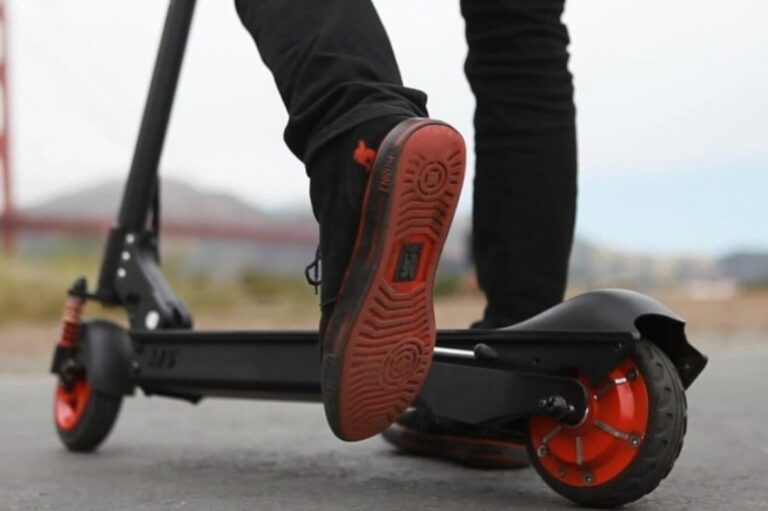
- Scooter design and construction
The design and construction of electric scooters play a crucial role in determining their weight limits. Factors such as the materials used, the structural integrity of the scooter, and the overall build quality influence how much weight the scooter can safely support.
- Battery capacity and motor power
The battery capacity and motor power of an electric scooter also impact its weight limit. Scooters with more powerful motors and larger battery capacities tend to have higher weight limits, as they can handle the additional strain of carrying heavier loads.
- Durability and performance implications
Exceeding the weight limit of an electric scooter can have significant durability and performance implications. Carrying excess weight can strain the scooter’s components, leading to premature wear and tear, decreased performance, and potential safety hazards.
III. Importance of Adhering to Weight Limits
A. Safety concerns and risks of exceeding weight limits
- Increased chances of accidents and injuries
Exceeding the weight limit of an electric scooter can compromise its stability and balance, increasing the likelihood of accidents and injuries. The scooter may become difficult to control, leading to loss of balance, falls, and collisions.
- Strain on scooter components and reduced lifespan
Carrying excessive weight places undue strain on the scooter’s components, such as the frame, wheels, brakes, and suspension. This can lead to premature wear and tear, reduced performance, and a shorter overall lifespan for the scooter.
B. Performance implications of surpassing weight limits
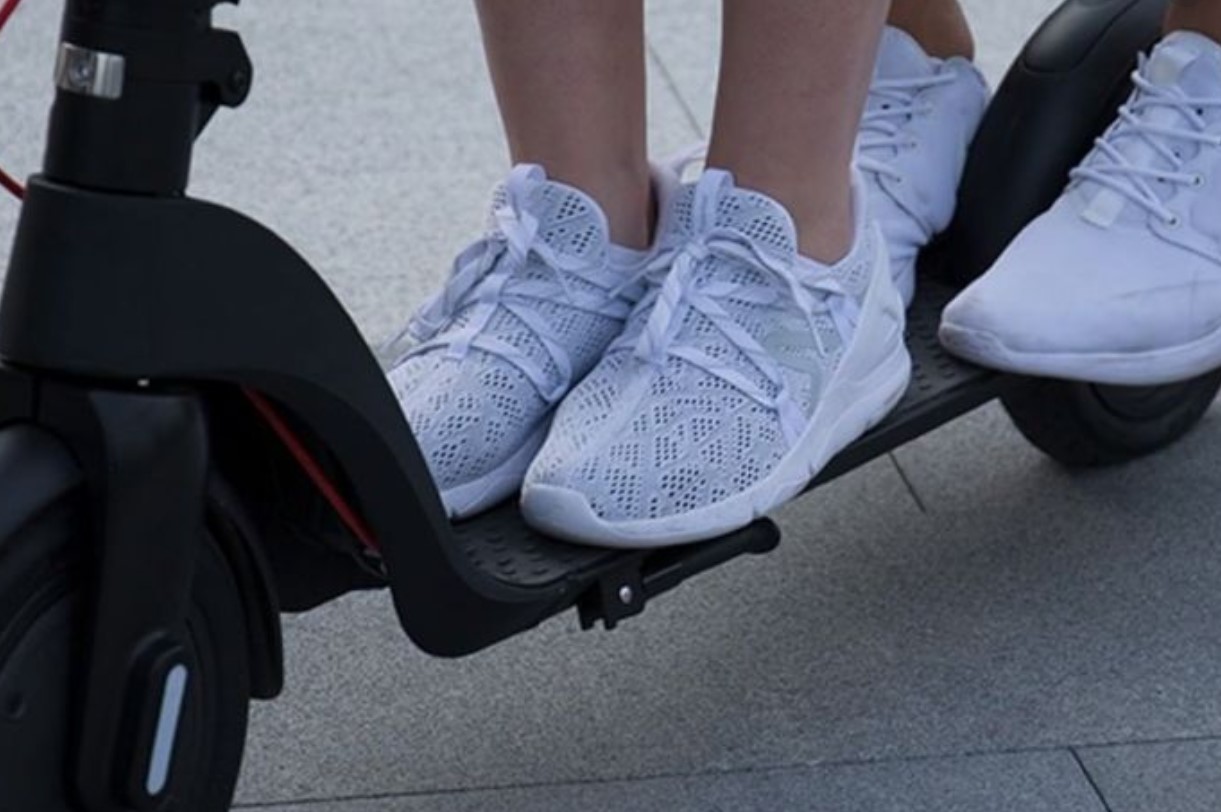
- Decreased speed and range
Exceeding the weight limit can negatively impact the scooter’s speed and range. The scooter may struggle to reach its maximum speed, and the reduced battery efficiency may result in a decreased range before requiring a recharge.
- Diminished acceleration and hill-climbing abilities
Heavier loads can significantly impact the scooter’s acceleration and hill-climbing capabilities. The scooter may struggle to accelerate quickly, making it challenging to navigate traffic or climb steep inclines.
IV. Determining the Right Scooter for Your Weight
A. Evaluating personal weight and scooter specifications
When choosing an electric scooter, it is essential to consider your own weight and how it aligns with the scooter’s weight capacity. Start by determining your weight and comparing it to the weight limit specified by the manufacturer. This information is usually provided in the scooter’s user manual or on the manufacturer’s website.
B. Consulting manufacturer guidelines and recommendations
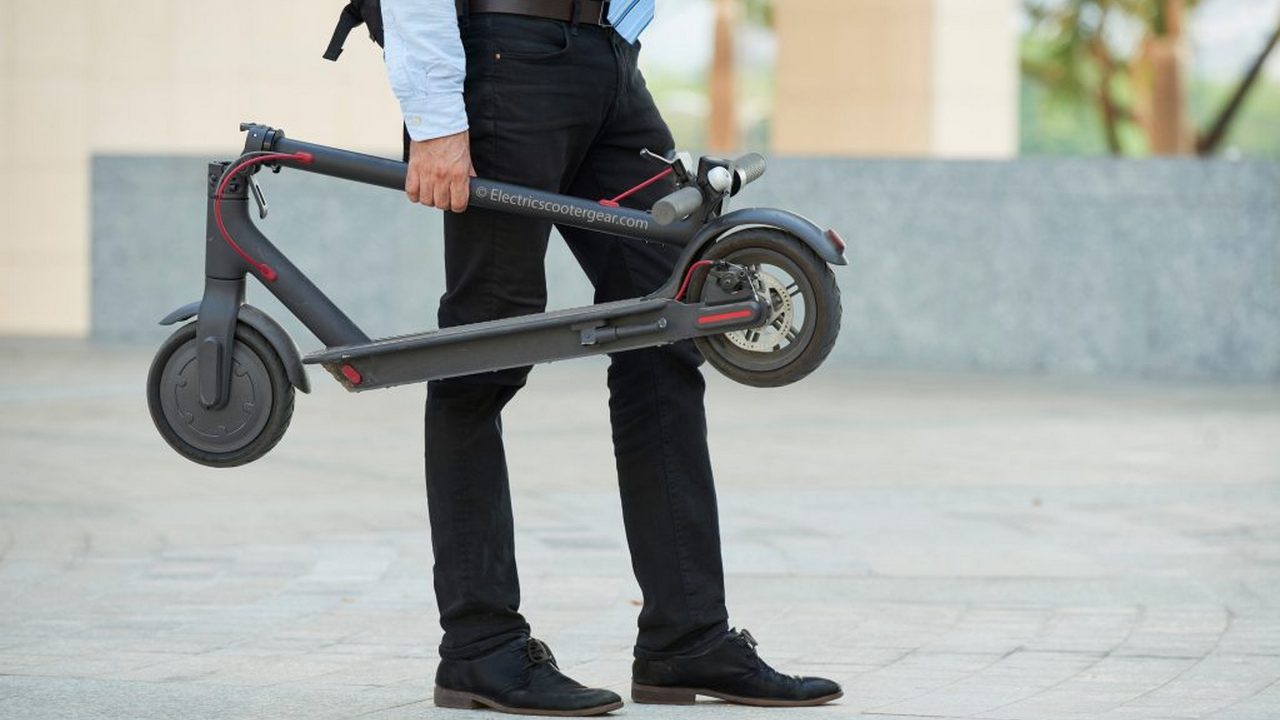
Manufacturers often provide guidelines and recommendations regarding weight limits for their scooters. These guidelines take into account factors such as the scooter’s design, construction, and performance capabilities. It is crucial to consult these guidelines to ensure that you select a scooter that can safely accommodate your weight.
C. Considering long-term weight fluctuations and passenger usage
It is also important to consider any potential long-term weight fluctuations and whether you plan to have passengers on your scooter. If your weight fluctuates or if you anticipate carrying passengers regularly, it is advisable to choose a scooter with a higher weight capacity to account for these factors.
V. Ensuring Safe Usage and Maintenance
A. Regularly checking weight capacity labels and specifications
Once you have chosen an electric scooter, regularly check the weight capacity labels and specifications to ensure that you are within the recommended weight limit. These labels are typically located on the scooter’s frame or in the user manual. By consistently monitoring this information, you can ensure that you are using the scooter within its intended parameters.
B. Monitoring scooter performance and addressing signs of strain
While using your electric scooter, pay attention to any signs of strain or decreased performance. If you notice that the scooter is struggling to maintain speed, has reduced acceleration, or exhibits instability, it may be an indication that you are exceeding the weight limit. In such cases, it is crucial to address these issues promptly by either reducing the load or considering a scooter with a higher weight capacity.
C. Promoting awareness and education among scooter users
To promote responsible scooter usage, it is important to raise awareness and educate scooter users about the importance of adhering to weight limits. This can be done through public campaigns, social media outreach, or information sessions. By educating users about weight limits and the potential risks of exceeding them, we can foster a safer and more sustainable electric scooter culture.
VI. Conclusion
A. Summarizing the importance of adhering to weight limits
Adhering to weight limits is crucial for the safe and efficient usage of electric scooters. By selecting a scooter that can safely accommodate your weight, you ensure a stable and balanced riding experience. Exceeding weight limits can lead to safety concerns, including accidents, injuries, and strain on scooter components. It is essential to understand the impact of weight on scooter performance and to respect the recommended weight limits set by manufacturers.
B. Encouraging responsible usage for the longevity and safety of electric scooters
Responsible usage of electric scooters goes beyond adhering to weight limits. It involves understanding and abiding by traffic laws and regulations, wearing appropriate safety gear, and being mindful of pedestrians and other road users. By promoting responsible usage, we not only ensure the longevity and safety of electric scooters but also contribute to the overall acceptance and integration of this mode of transportation.
The longevity of electric scooters can be enhanced by considering weight limits during the selection process and using the scooter within its intended parameters. By doing so, we prevent premature wear and tear on scooter components, extending the lifespan of the scooter and reducing the need for repairs or replacements. This, in turn, contributes to the sustainability of electric transportation by reducing waste and conserving resources.
